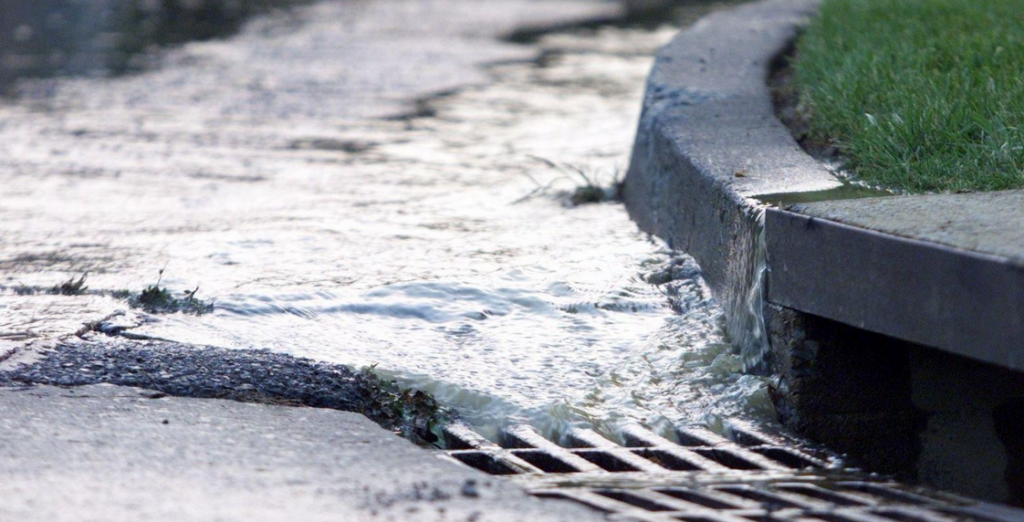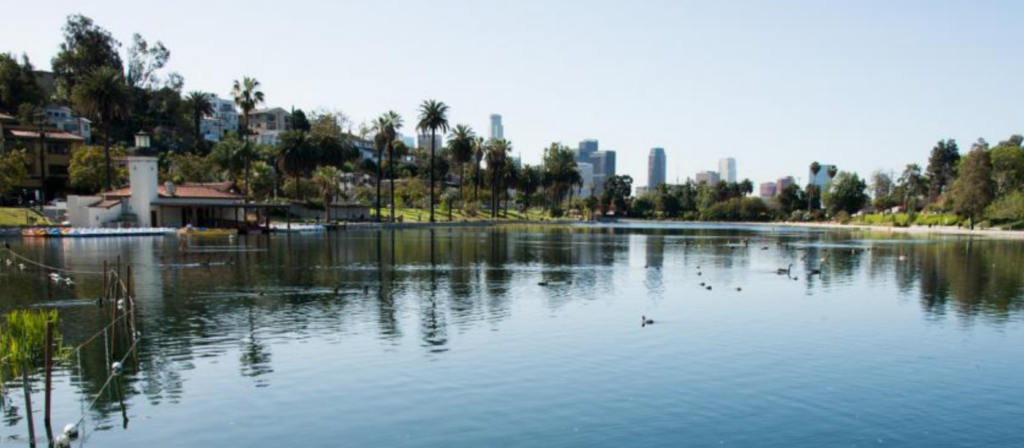Multi-Benefit Stormwater Management Practices Database

The purpose of the Protecting our Waters for Environmental Justice campaign is to identify, compile and disseminate cost-effective stormwater management examples to improve water quality, reduce local pollution, improve land use and increase local water supplies in communities across the country, which is critical as we prepare for the impacts of climate change. The overarching goal is to share lessons learned and help in the adoption of these practices specifically in disadvantaged communities and help guide them to financing options. The deployment of multi-benefit stormwater management projects can address a multitude of environmental justice issues.
Stormwater is water that is generated by rain or snow melt. Stormwater runoff is excess stormwater that is not absorbed into the land but runs over the land, into a nearby waterway. Untreated stormwater can be dangerous because it picks up oils from cars, pesticides from plants, bacteria, detergents from washing cars, or really anything dumped or dropped on the ground. As untreated stormwater makes its way to rivers, lakes and oceans, it can pollute the water, creating unhealthy water conditions. In Los Angeles County alone, over one billion gallons of treated wastewater is discharged to the Pacific Ocean each day, along with billions of gallons more from storm drains during wet weather events.

Many of these stormwater management projects have multi-purposes, not just to deter pollution to watersheds, but to enhance the surrounding community. For example, the Echo Park Lake Restoration Project not only improved water quality by removing dangerous pollutants that would otherwise flow to the local watershed, but it reduced the amount of water needed from the municipal level through the use of sustainable practices; reduced flooding to the area; filtered the water through the installation of catch basins underneath vegetation, relying on bio-filtration to filter the water; installed a new storm drain system; constructed wetlands to improve water quality; and reconstructed a historic lotus garden. This project not only brought back the initial function of the lake—to help mitigate flooding—it improved the water quality enough to support recreational activities, such as paddle-boating and fishing. The wetlands around the lake attract a diverse group of birds, making the site a unique place to bird watch in the city.
What you can find in the Multi-Benefit Stormwater Management Practices Database are multiple project examples we chose to highlight, including:
- Location
- Websites we sourced
- A brief description of the project
- Project benefits
- How project was funded
7GA focused on 5 overarching stormwater management categories and identified which of those the project encompassed. These 5 categories are:
- Water Storage (Infiltration, Detention or Retention)
- New or Improved Drainage Infrastructure
- Flood Mitigation
- Biofiltration/Green Infrastructure Elements (Green Streets, Bioswales, Raingardens, Permeable Pavement, Energy Dissipator)
- Habitat Restoration.
Also included is the database is how the Project was Funded and the Watershed that the project helps protect. During the research portion of this project, the world experienced the outbreak of the coronavirus. Many local city and state governments have made extreme cutbacks to staff and have less resources due to the impacted economy. This may defer these important water projects altogether. In anticipation of this (and in recognizing that another goal for this project is to convince several cities to adopt such measures), 7GA dedicated another tab on the database to highlight various ideas for municipalities to fund their projects. These solutions are creative, proven methods of funding. This toolkit will hopefully help jurisdictions get to their solutions quickly instead of needing to spend time and resources on which project is the best and how they can fund it. In this tab, Finance Solutions, you will find various examples of financial support of stormwater projects such as:
- Programs developed from Measures
- Propositions
- Transportation Agencies
- Cities and City Programs
- Counties and County Programs
- States and State Programs
- Federal Programs
- Utility Companies
- Private Sector
- Foundations
7GA is excited to be working with cities, schools and community groups to further our goal of protecting our water. Please click here for examples of our current engagement.
Letters of Support: 7GA is proud to provide letters of of support to cities that are looking to adopt and implement Multi-Benefit Stormwater Management Projects. Please click here for access to the letters.
Multi-Benefit Stormwater Management Practices Database
Last Updated: April 27, 2021
Primary Author & Contact:
Jenna Cittadino, [email protected]